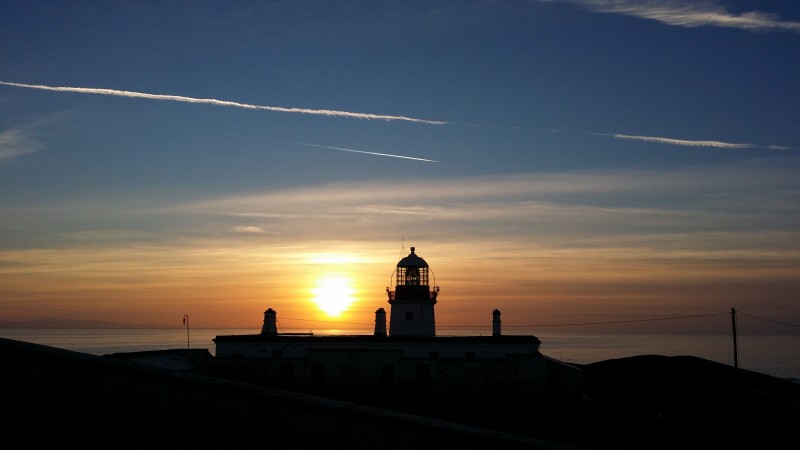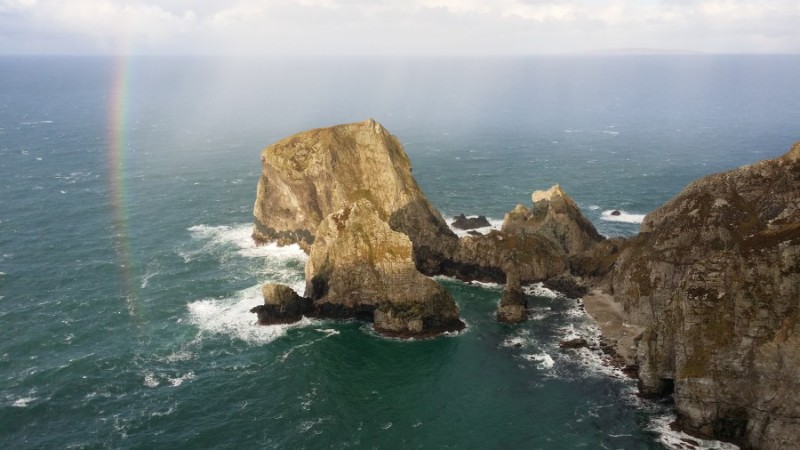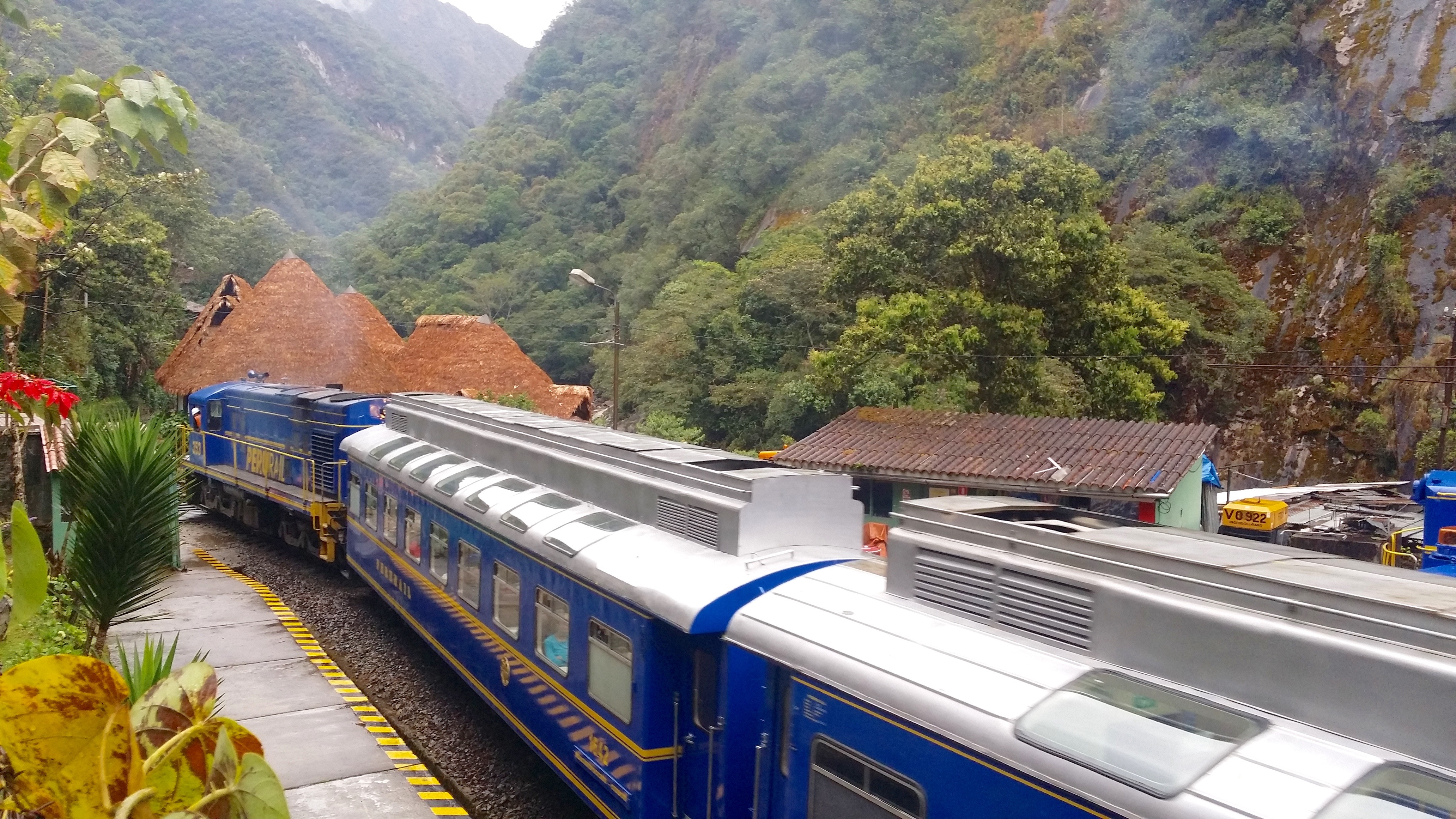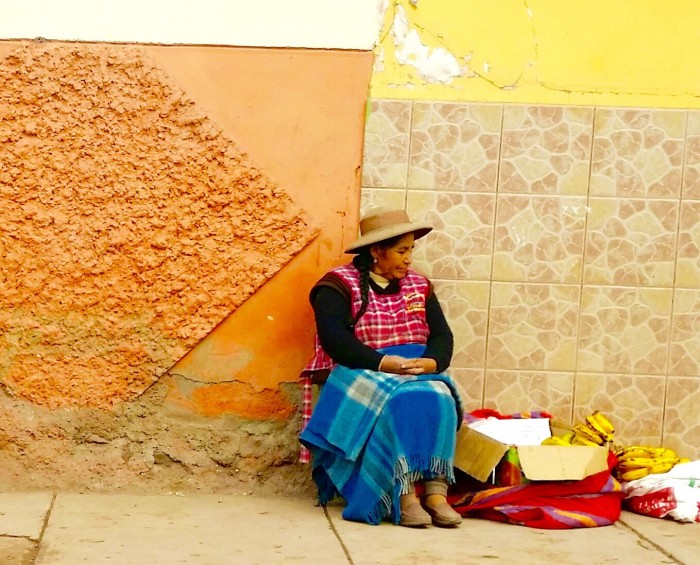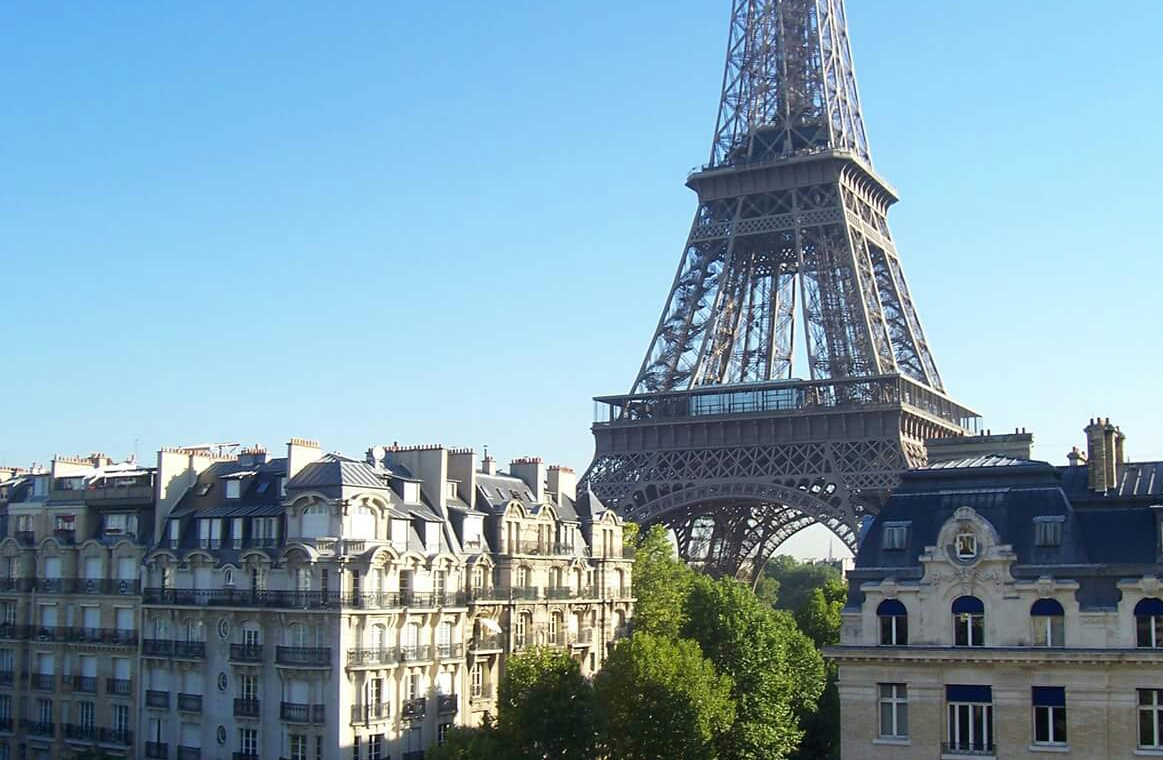Cnoc Fola, or Bloody Foreland as it is more commonly known, has a real edge of the world feel to it. Located as it is, right up in the very north west tip of Donegal, Ireland, it is one of Europe’s great outposts. This broad headland stretching from Ballyness Bay to Gweedore, is famous for spectacular scenery, friendly people, magnificent sunsets, and the ferocious atlantic swells which batter its coast. It is places like Cnoc Fola which epitomize everything that is so alluring about the Wild Atlantic Way.
To get a good ocean experience in the depths of winter, you need to either plan well or just get lucky. On January 2nd 2015, I probably did both. A strong weather front had been slowly moving across Ireland for a couple of days, bringing heavy rain and high winds. I picked my moment, got on the road early, and was lucky enough to arrive at the coast when the storm’s vortex was right over Donegal, meaning I got to see big waves, in high wind, but also got the blue skies and sunshine. Perfect! When I started comprehending The Paris Method, that is exactly what I had imagined – finding a way to get to, the eye of the storm. Bright, peaceful clarity, in the midst of the maelstrom that life can sometimes throw at us.

The winter sun lighting up the Atlantic horizon off Bloody Foreland and Gweedore, Donegal, Ireland
Light is such a precious commodity in winter, especially over the holidays, when the temptation is to stay indoors more. The days are short and the weather can make it difficult to get outside for exercise and fresh air. Thankfully I was given this chance, and I took it. The bright sun light, enhancing the white foam on the breaking waves, was just beautiful. Once you have been to Cnoc Fola, you will realize the significance of light. This area is famous for it. The hills (Cnoc) turn a blood (Fola) red, when the sun is near the horizon. Sunbeams reflect off the underside of any evening clouds, illuminating the coast during the long Donegal twilight. It is a sight well worth seeing.
I drove around the headland, marveling at the ocean views, and at Cnoc Fola Lower, I parked up, and climbed down the cliffside into a semi-circular cove. I spent around an hour enjoying one of natures winter shows in this remote Atlantic amphitheater. I had worn several layers of old clothes, so was able to lay back against the grassy bank and completely relax. From down here, there is only cliffs, beach, the ocean and sky. I did however, rather unexpectedly, meet a new friend! He stayed with me as we watched the powerful Atlantic storm batter the coast in front of us. It was strangely relaxing.
Stories I had read about the harsh realities of life in this Gaeltacht region of Donegal, came to mind. Caisleáin Óir by Séamus Ó Grianna, who hailed from Rann na Feirste, tells the heartbreaking story of Séimí Phádraig Dubh and his sweetheart Babaí Mháirtí. As children they played together on the rocky Donegal coastline, and just like you might experience for yourself, they stood spellbound by the sight of one of the famous sunsets. The sunbeams cast on the approaching clouds over the horizon had painted such a remarkable sight, that Babaí had asked what it was. Séimí, with all the charm of a young man serenading his love, told her that they were Caisleáin Óir (golden castles), and that he would give them to her when they were older. Sadly, Babaí and Séimí succumbed to the same plight that met so many other young couples from the area during the 19th and early 20th century. Séimí would be forced to leave his love and their dreams, traveling overseas in an attempt to make a living. Their golden castle dream never did become a reality.

The north west coast of Donegal, Ireland. A beautiful, but at times in the past, very harsh place
The factual story I had read, was an even harsher account of life for many of the local people. The Hard Road to Klondike is the post-humous biography of Mícheál MacGowan, based on the memoirs from his travels in search of a livelihood. MacGowan first left his native Cloughaneely parish when he was just a child, sent to ‘The Lagan’ via the hiring fair in Letterkenny. Later, he would travel to Scotland on the infamous Derry Boat, where barefoot young travelers from Donegal shared passage with cattle, on their voyage to find work in Glasgow and beyond. Eventually moving onwards to America, MacGowan worked his way across the country, from the steel works in Pennsylvania, via the Montana mines, to the wilds of Alaska. Like many others, he joined in on The Gold Rush, which brought him to the harsh climate and terrain of the Yukon.
MacGowan suffered many hardships that are almost impossible to imagine today, yet despite some near death experiences, and a variety of setbacks, he was one of only 4000 people from the 100,000 who set out, who actually made it back alive with gold. This fortune was enough to take him home to Donegal, enabling him to set up home and raise a family. Many people from the west of Donegal faced the same adversity in their constant struggle to survive. Some of them never made their fortune. Others did well for themselves, but settled overseas. Today their descendants visit Donegal on their summer holidays. These recollections had taught me to be very grateful for what I have today. Life can sometimes seem tough, but sparing a thought for the poor souls of the past puts things in perspective, brings humility and gratitude.
 A bright and stormy day at Cnoc Fola, Donegal, on Ireland’s Wild Atlantic Way
A bright and stormy day at Cnoc Fola, Donegal, on Ireland’s Wild Atlantic Way
The winter days are short here, and evening was on its way. As the wind blew white foam out of the powerful Atlantic waves onto the beach before me, I consciously took in the magnificent setting, scanning it into my mind, knowing that I would recall it in the future. I closed my eyes and faced into the wind, feeling the full force of natures powerful elements blowing away my Christmas cobwebs, freshening me up for a new year ahead. Although it was really cold and noisy, I found great peace and perspective out there. Something about the force of the Atlantic along Donegal’s amazing coastline, helps me to become aware, focused, grateful, and calm.

The day was changing, so I said goodbye to the friendly dog, and climbed up the cliff, stopping every so often to admire the scene. This little cove on Bloody Foreland is just one of many outstandingly beautiful places on this largely unexplored part of the Wild Atlantic Way. Perhaps the best way to see it in all its glory is to fly into Donegal Airport at Carrickfinn, which is about 10 miles south of Cnoc Fola. There are a lot of things to see and do in the area, and with a flight time of only an hour from Dublin and Glasgow, the airport serves as the gateway to north west Donegal, and this very scenic coastline.
As the eye of the storm moved inland, the winds picked up, heavy clouds appeared over the horizon and the short winter day was drawing to a close. My trip to Cnoc Fola had fully refreshed my body and mind, and given me such a feeling of gratitude. I was thankful for the life that I have, and the for the beautiful county that I call home. Thankful for better times than what the people around these parts had experienced in the past.
As I drove back to Letterkenny through the Derryveagh Mountains, I paused for reflection at An Droichead an nDeor (The Bridge of Tears), where so many emigrants had left their friends and family behind. The locals walked with their departing loved ones to this remote spot between Muchish and Errigal mountains. The goodbyes, and the tears, lasted through the night until it was time to depart. For many of these families, this would be the last they would ever see of the emigrants. I was happy in so many ways that I had made the trip to Bloody Foreland. Recalling the harsh realities of past life in north west Donegal had been a thought provoking experience. I returned home full of hope, confidence and positivity for what lay ahead for me in 2015. My trip to the edge of the world had been very productive.

